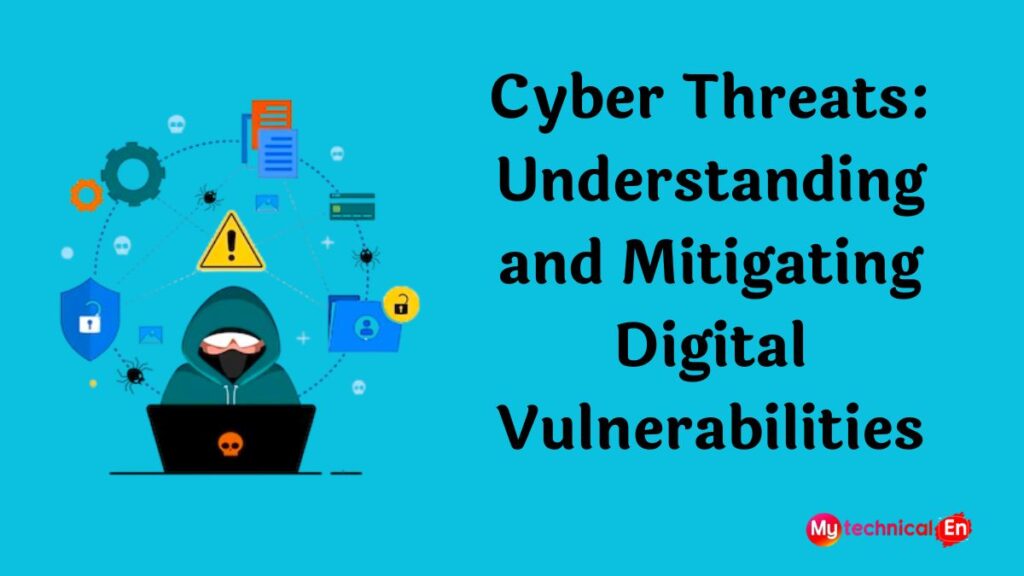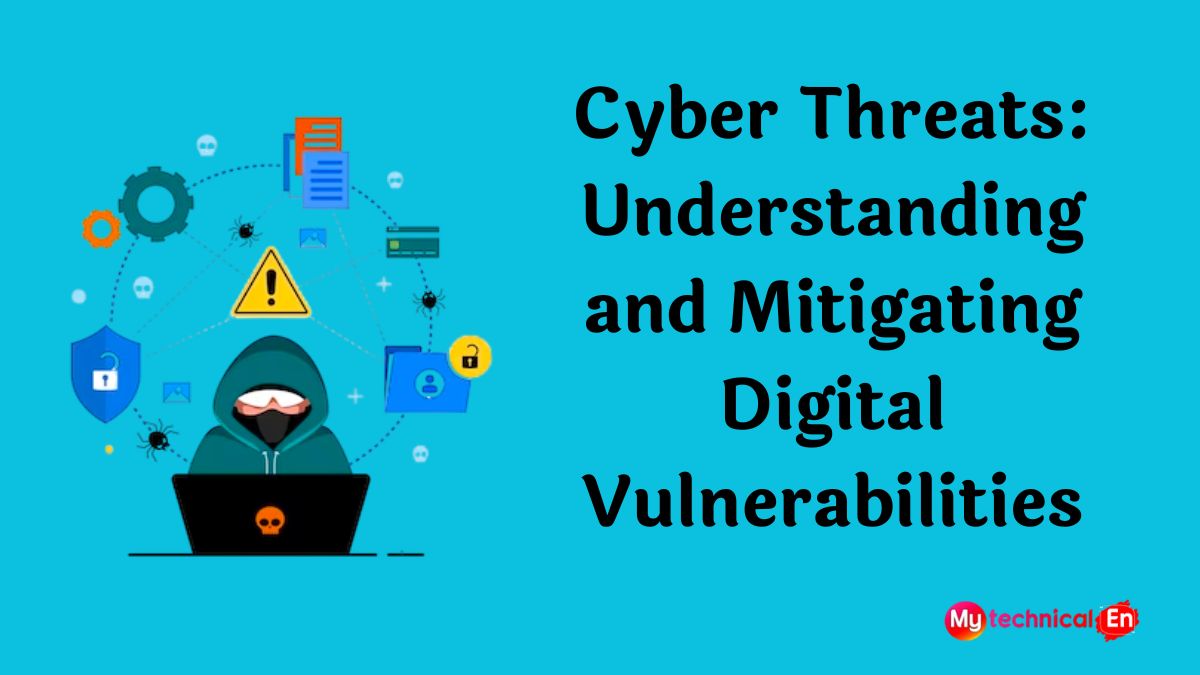Below is a comprehensive outline featuring engaging headings and subheadings covering the topic of Cyber Threats. This table includes at least 25 detailed, mutually exclusive, and collectively exhaustive points, integrating LSI keywords without their explicit mention in the content:

Cyberattack pose significant risks in the digital realm, potentially compromising personal and organizational security. Understanding these threats is essential to implementing effective protective measures and ensuring digital safety.
The Nature of Cyber Threats
Cyber threats encompass a wide range of malicious activities designed to compromise digital systems, networks, and data. These threats can come in various forms, including:
Malware Attacks
Malware, a common cyber threat, includes viruses, worms, ransomware, and spyware. These malicious software programs aim to disrupt operations or gain unauthorized access to sensitive information.
Phishing and Social Engineering
Phishing involves fraudulent attempts to obtain sensitive information, often through deceptive emails or messages. Social engineering manipulates individuals into revealing confidential data or performing certain actions.
Data Breaches
Data breaches involve unauthorized access to confidential information, resulting in its exposure or exploitation. These breaches can severely impact both individuals and organizations.
Denial-of-Service (DoS) Attacks
DoS attacks disrupt services by overwhelming systems, making networks or websites unavailable to users. Distributed Denial-of-Service (DDoS) attacks involve multiple sources, intensifying the impact.
Insider Threats
Insider threats involve individuals within an organization exploiting their access or privileges to compromise security, intentionally or inadvertently.
Signs of Digital Vulnerabilities
Recognizing potential cyber threats involves being vigilant and identifying warning signs, such as:
Unusual Account Activity
Frequent password changes, unauthorized logins, or unfamiliar account actions could signify a compromise.
Suspicious Emails or Messages
Messages requesting sensitive information, containing unexpected attachments, or displaying unusual sender addresses might indicate phishing attempts.
Sudden System Slowdowns
Unexplained decreases in system performance might be indicative of a cyber attack or malware presence.
Unexplained Data Access
Unexpected access or modifications to sensitive data may signify unauthorized intrusions or insider threats.
Mitigating Cyber Threats
Robust Security Software
Utilize reliable antivirus and anti-malware software to protect systems and data from potential threats.
Regular Updates and Patch Management
Frequently update software and apply security patches to fix vulnerabilities and strengthen system defenses.
Employee Training and Awareness
Educate individuals within organizations about identifying and responding to potential threats through awareness programs and simulated phishing exercises.
Strong Password Policies
Implement strong password protocols, including regular updates and multifactor authentication, to safeguard accounts.
Data Encryption and Backups
Encrypt sensitive data and regularly back it up to secure against data breaches or ransomware attacks.
Must read:-
- Types of Cyber Threats: Best way’s to Comprehensive Guide in 2023
- What Is File Security? Best Way’s to Comprehensive Guide in 2023
- Cloud Computer: Find best Revolutionizing the Digital Landscape for 2023
Conclusion
Understanding and recognizing cyber threats is pivotal in fortifying digital security. By staying informed, implementing robust security measures, and fostering a culture of awareness, individuals and organizations can effectively mitigate the risks posed by cyber threats.
Frequently Asked Questions (FAQs)
Q1. What are the most common forms of cyber threats?
Common cyber threats include malware, phishing, data breaches, DoS attacks, and insider threats.
Q2. How can individuals protect themselves from cyber threats?
Individuals can protect themselves by using strong passwords, being cautious with email communications, and installing reliable security software.
Q3. Why is regular software updating essential in cybersecurity?
Regular updates patch vulnerabilities in software, making it more difficult for cyber threats to exploit these weaknesses.
Q4. What should I do if I suspect a cyber threat or breach?
If you suspect a cyber threat or breach, report it to your IT department or use reliable cybersecurity incident reporting channels immediately.
Q5. How important is employee training in preventing cyber threats?
Ans:- Employee training is crucial in creating a proactive defense against cyber threats, as informed individuals are better equipped to recognize and respond to potential risks.
